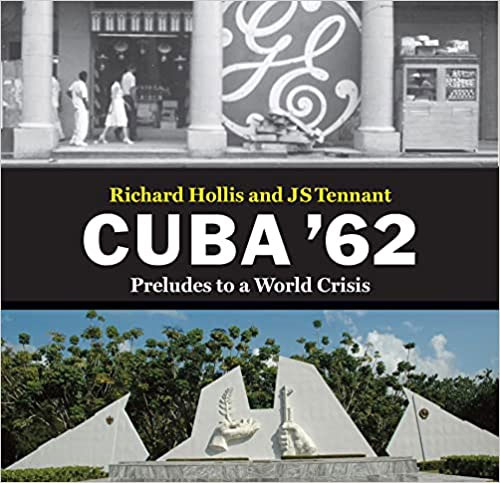
In my early adolescence it dawned on me that I might not reach my 21st birthday – a feeling I guess shared by many readers of IT. The threat of nuclear annihilation appropriately known in East and West as MAD (‘Mutually Assured
Destruction’ came to a head in October 1962 when the 13 day Cuban Missile Crisis anticipated my dread. I spent those days camped outside the American Embassy in Grosvenor Square as MAD appeared about to become a reality.
The Cuban Revolution (26 July 1953) had overthrown the Batista dictatorship (effectively a vassal state of the USA) and from thereon its economy was propped-up by Soviet Russia. That October, however, the Island suddenly became a missile base as 43,000 Russian troops and 60 nuclear missiles were moved in and the USA now became within striking distance of the USSR. My sons (born 1998 and 1999 ) know nothing of the crisis but I recommend that they – and readers of IT in general – re-visit those times in Cuba ’62 – published last year by the splendidly radical Five Leaves Publications based, together with its bookshop, in Nottingham.
This book brings it all back home to me. A year after The Cuban Missile Crisis (I was a quantity surveyor in my previous life) I was seconded to the architectural practice ACP (Architects Co-Partnership) many of whose staff’ as well as the seven founding partners, had strong links to the Communist Party. That was how I eventually came to see French director Chris Marker’s film Cuba Si (1961) in London. The Cuban revolution attracted artists poets novelists playwrights and film makers (among them Agnes Varda) to visit the island and there was a deal of anti-capitalist goodwill towards Fidel Castro and Che Guevara et al. – and above all to the Cuban people.
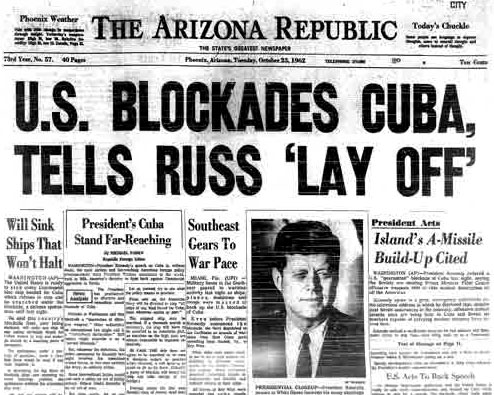
Eventually JF Kennedy and Khrushchev did a deal – without consulting the Cuban Government – and armageddon was averted. The co-authors of Cuba ’62 have produced a riveting and properly confusing melange of those thirteen days and I’ve learned lots I didn’t know or understand before. Not least that fake news isn’t the love-child of Trump but simply a confirmation of the truism we all know: the first casualty of war is the truth. And what a casualty it was in Cuba.
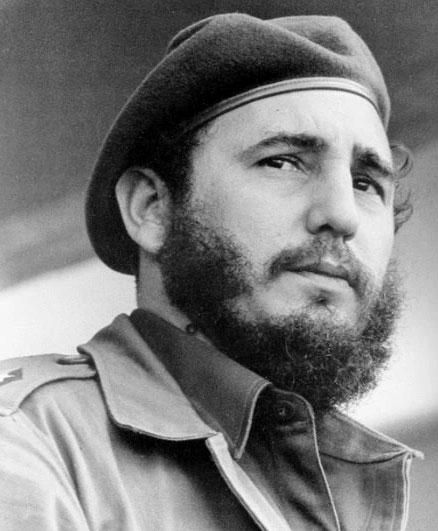
The journalist /designer/photographer Richard Hollis (now nearly 90) chanced to be in Cuba as the Thirteen Days That Shook The World kicked off and his notebook entries letters and black and white photographs enliven the text as do those of the writer/photographer JS Tennant. He visited Cuba 50 years later and stayed for 10 months to conduct interviews and to colour photograph the surviving missile sites. Hollis asks: What prompted me to go to Cuba? Simply that news of an attempt to build a new society made me curious. My politics in retrospect were late-19th century: not Marxist but Tolstoyan; a William Morris-infused, woolly Kropotkin-esque anarcho-socialism. Sounds just like my politics now.
JFK’s younger brother Robert Kennedy was gung-ho to nuclear bomb Cuba but fortunately JFK’s caution prevailed and maybe in the end, the Cuban Missile Crisis helped bring Khrushchev down rather than Fidel Castro. Cuba ’62 in its depiction of the idealism and optimism of those early days reminds me of how well Orwell captures this same feeling of Republican Spain in his Homage to Catalonia. In 2000 Putin visited Cuba and lifted 90% of the debt Cuba owed the USSR – or was it to Putin’s reborn Russia?
As we live through our days in the shadow The Triumph of Capitalism this elegantly designed book is a welcome shot in the arm.
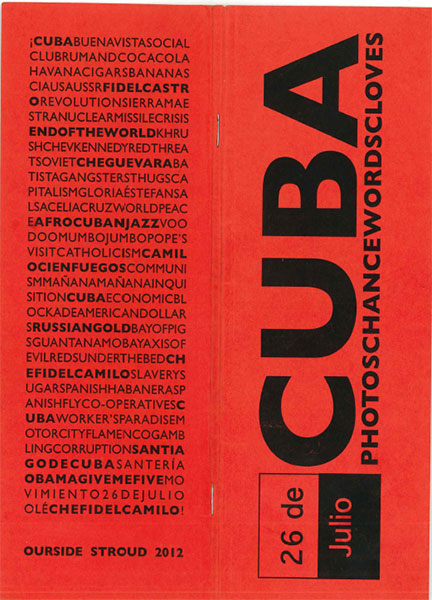
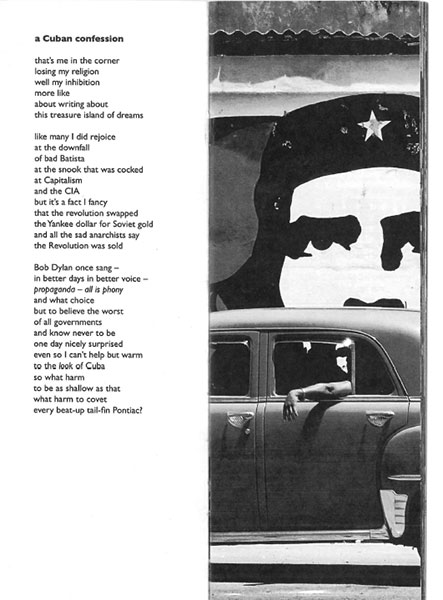
Jeff Cloves
Cuba ’62. preludes to a world crisis (Five Leaves Publications 2022). Illustrated paperback in black and white and and colour £11.99)
